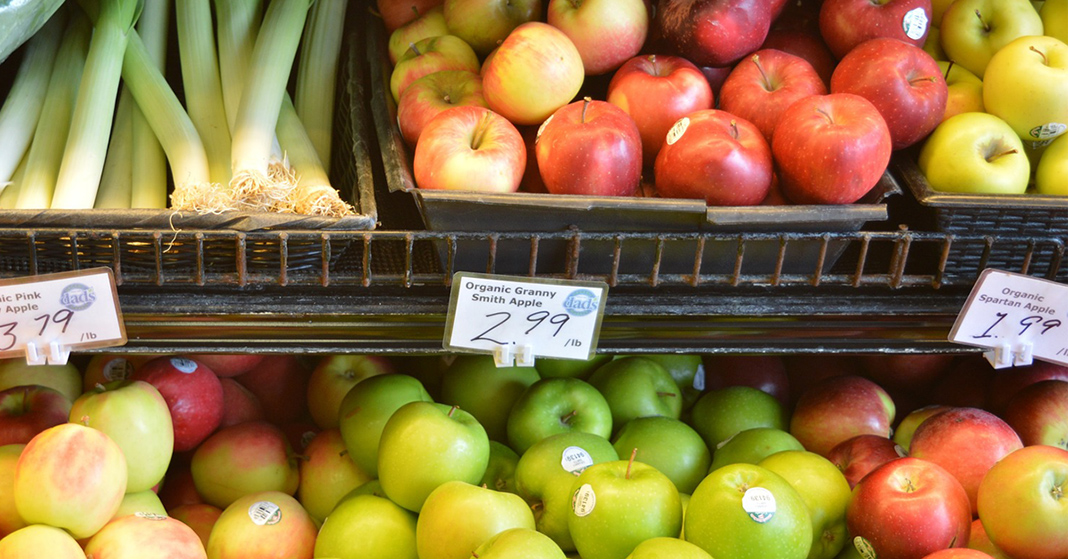
My wife Megan is a terrific teacher who effectvely uses real-life situations to teach our grade-school children number sense. When we recently celebrated our youngest daughter’s third birthday, our two oldest children wanted to buy something for her. So my wife gave them some extra chores and paid them enough money to buy one of those fancy helium birthday balloons—on sale for ninety-nine cents! My five-year-old stored her coins in a tin container made for holding tea.
Once they made it to the checkout line, Megan had the cashier ring up the balloon as a single order so my daughters could pay for their gift individually. When the cashier announced the cost, our kindergartener took her tin can and dumped all the coins out. Coins clanged on the floor and rolled to a stop. Then she started counting out the change for her purchase.
Megan said she was a little embarrassed, but our daughter counted out the needed change for her contribution to the gift, and our girls bought the balloon.
While the shopping excursion took extra time, it was a powerful homeschooling moment in my daughters’ understanding of math.
Starting with Creation
Children understand math when they begin their exploration of mathematical principles in God’s created order. When we teach counting, our family starts with counting grapes. Then we help our daughters learn place value by connecting blocks into groups of ten. We want our children to know that all those mathematical symbols represent something real. We call connecting mathematical symbols with the physical world number sense. It’s something they can touch and move. Starting with objects in God’s creation when learning math ignites a child’s understanding.
With the light of understanding, children are ready to practice so that math becomes automatic for them.
Practicing with Creation
We teach our children math so they can exercise good and wise dominion over God’s creation. This means that accurate computation is a means to an end. If we can show children that the math skills they’re learning will enable them to do more in the world around them, that gives math a purpose, and math mastery becomes more satisfying than getting a perfect score on a worksheet. They’re learning to solve real-life math problems by practicing with creation.
Bringing it together at the grocery story
Grocery shopping provides an ideal situation for developing number sense. Touching and moving physical coins and dollar bills allows them to manipulate objects as they do the calculations. Then they can see how the money they have in hand corresponds to price tags in the store. This is the essence of number sense—knowing how those numerical symbols relate to the real world.
Now children are ready to use computation. “Do I have enough money to make this purchase? How much money will I have left over?” When they get older, they can calculate how much sales tax will add to their purchase. All of these activities demonstrate to children that their math skills are critical for everyday activities, such as buying groceries.
Math is a powerful tool for wisely stewarding the little part of creation that God has assigned to each of us. When we start teaching math to our children, it should have meaning that goes beyond plus and minus signs.
This is really good!